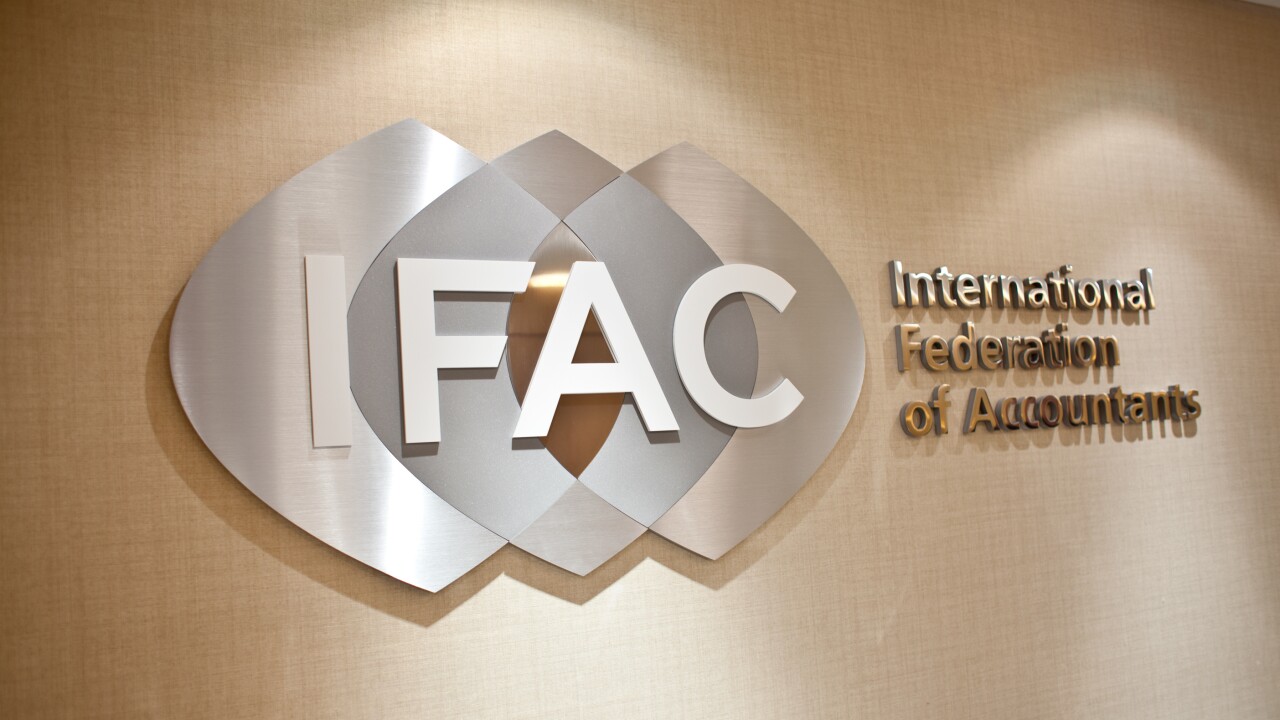When taking an asset-based approach to valuing a company, most financial professionals would agree that determining the market value for a company's tangible assets is pretty easy. Cash is cash. Receivables and payables are identifiable. The market value of real estate, buildings and equipment can be determined without too much research effort.
But what about intangible assets like patents, trademarks, intellectual property, copyrights, licenses, customer lists or even harder-to-quantify considerations like location, a company's brand or name recognition? Determining these values is more of an art than a science. And yet these intangible assets play a critical part in a company's overall value, so coming up with their value cannot be ignored.
Experts in the M&A field have a number of ways to try and determine the value of an intangible asset. Here are just a few that you can also try.
- The market method. Using this approach, you would determine the market values of your intangible assets based on published information. Maybe there are similar assets held by publicly held companies or others in your industry that you can benchmark. For example, a company may not own its prime location space but it does have a long-term lease. The market price of the property can be compared to other similar properties in the neighborhood and the value of having that location based on customer traffic can be considered.
- The income method (or excess earnings method). Here you would project the after-tax net income or cash flow that would be produced by the asset over a reasonable period of time and then discount it back. So for example, you may determine that a patent or customer list can generate $10,000 of income each year for the next five years when interest rates are 5%, which means the asset can be reasonably assumed to be worth about $43,000.
- The cost method (or replacement cost method). Under this method, you would just value the intangible based on the costs that were incurred to create the asset or the cost to replace it. So if the asset — say, a trademark — incurred legal fees, external design fees and internal effort amounting to $50,000 then that could be the value.
- The relief from royalty method. This is a revenue approach. Using this strategy, you would estimate the future revenues of the asset and then use a royalty rate also used in the industry to come up with a value. So if you think a patent could generate $50,000 a year over the next five years and a typical royalty rate for this type of asset is 10%, then the asset — not discounted — is $25,000.
- The with and without method. This calculation is done by first determining the discounted cash (or earnings) flow for the entire business while having the asset and then doing the same calculation assuming you didn't have the asset. The difference is the value of the asset.
Notice a trend here? In just about every example, you're being asked to guess, estimate, forecast and basically predict the future, which we all know is very, very difficult to do. And that's just for intangible assets where you can make those assumptions, like patents, customer lists, licenses or trademarks. It's much more difficult for assets like a company's brand or location value.
In other words, it's just a big guess.
So what's the best way to value these assets when a company is being sold? I always recommend two simultaneous approaches.
The first is to use some, if not all, of the above methods where possible for internal purposes and not to initially share the results with the buyer. This at least gives you some quantification of the asset for your own valuation purposes. It's a benchmark to rely on when you do your negotiations. None of these methods are close to perfect, but they can provide a certain level of substantiation that can support what you're willing to pay — or be paid — if those negotiations get hot.
For the seller, my advice is to have the buyer come up with their price for the intangible asset. Let them do the legwork and put the onus on them to do their research and come up with what they think is fair. If it's in good faith, a reputable buyer will make their offer, using whatever methodology they like to use. In some cases, you may find that price coming in higher than you calculated. If the price comes in much lower than you expected, then you can then refer back to the methods you used above to agree on price somewhere in the middle.
Just remember that the more the buyer pays for a specific intangible asset, the less they'll allocate to goodwill and there's a tax advantage to them for doing that because they may be able to write off the asset faster. You can use that as a negotiating tactic to agree on a higher price for the intangible asset.
Although there are many methods to value an intangible asset — even more than I've listed above — they all come down to one approach: return on investment. When a buyer pays X for an asset, they expect to receive Y in return and if that return is satisfactory then the price will be satisfactory, regardless of which of the above methods is used in the end.
See the rest of





